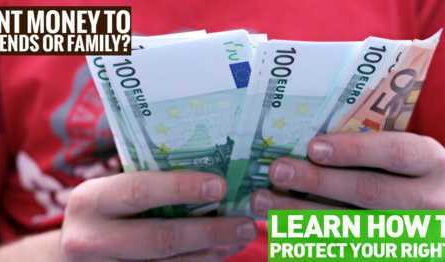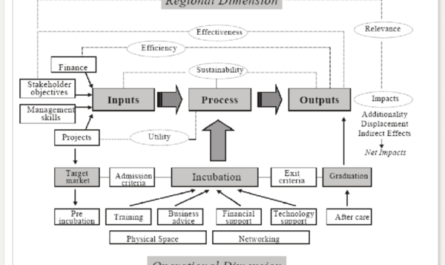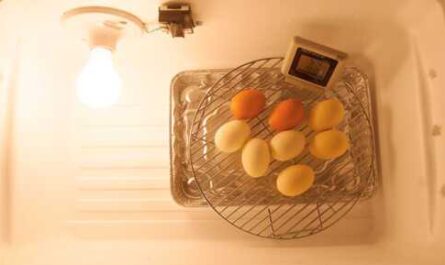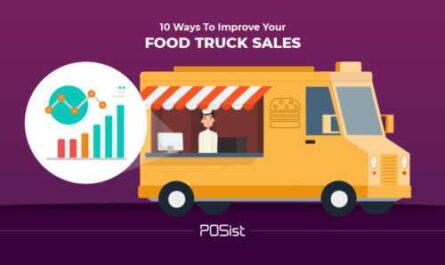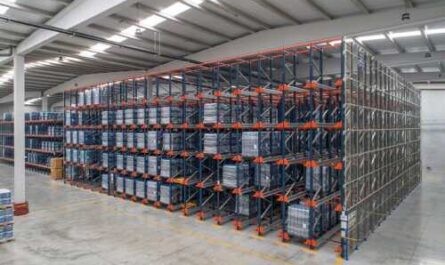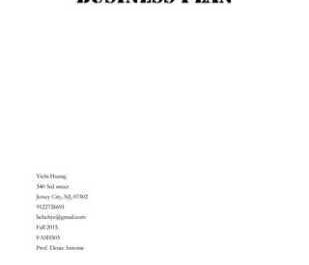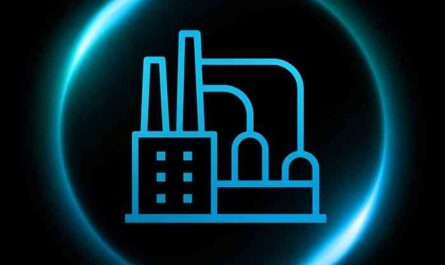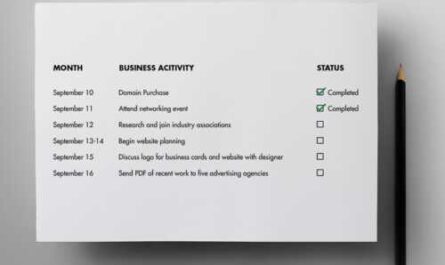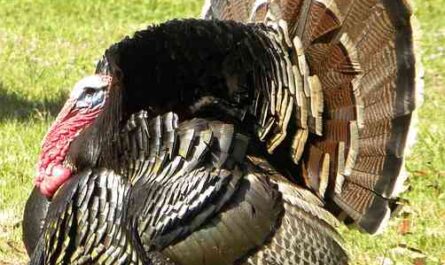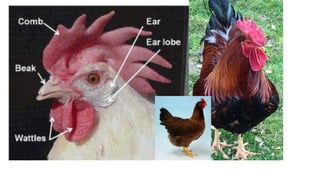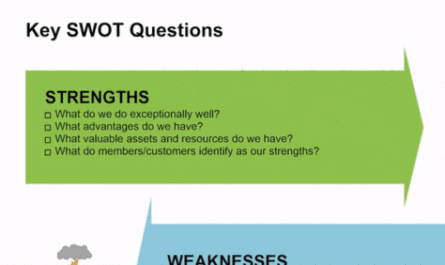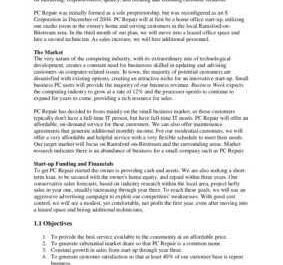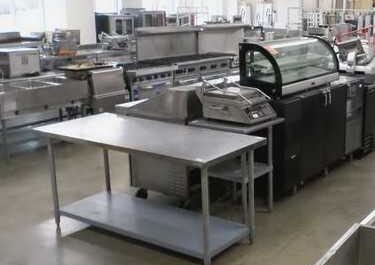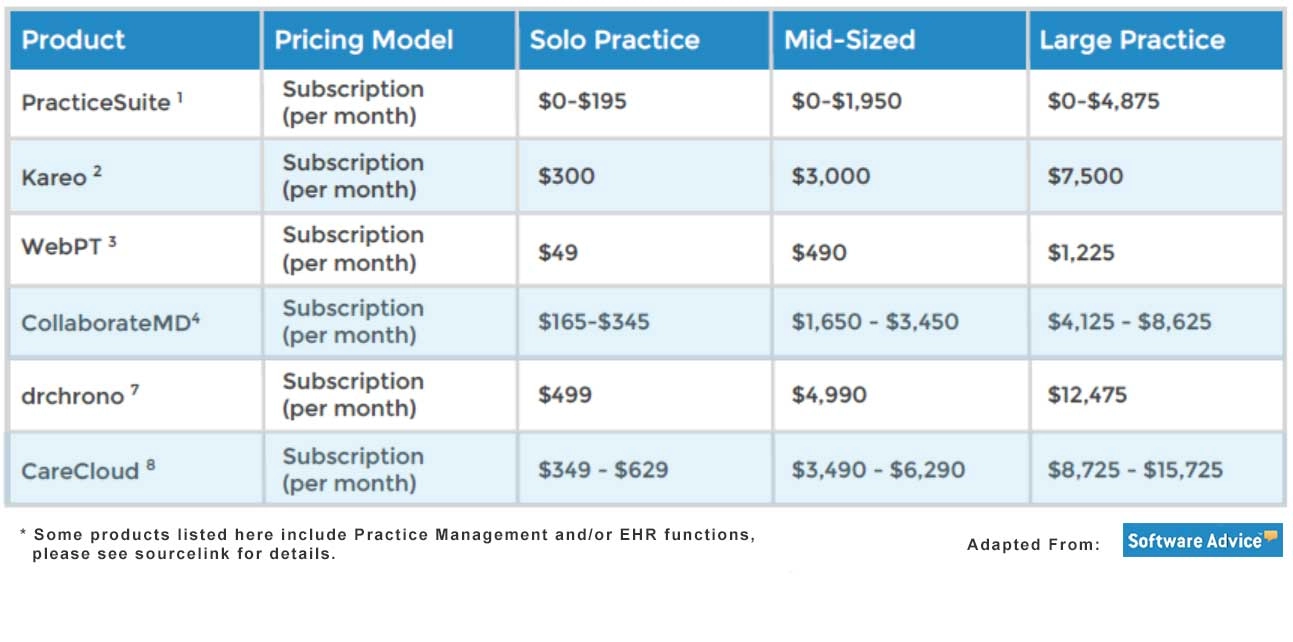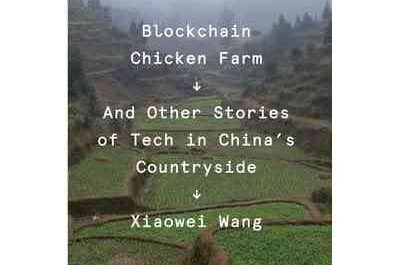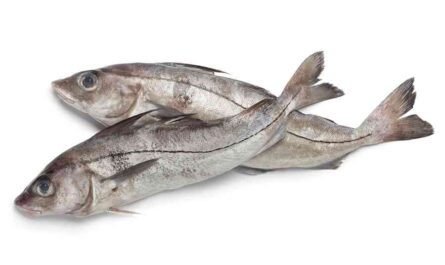Looking to sell your restaurant? here are 5 smart ways to evaluate your restaurant business for sale and 5 factors to consider before selling.
Evaluating a restaurant business involves understanding and critically balancing the needs of the owner and seller based on the strengths and track record of the restaurant. The assigned value must include the amount the restaurant brings in as well as the amount it owns.
This is also expected to be reflected in other factors that increase or decrease the cost, such as establishing name recognition, lucrative rentals, or efficient systems that allow the owner to make a profit without work too hard. It is very important to note that the more a restaurant earns, the more it costs.
Pre-check for the sale of your restaurant
Buyers always want to know that they can make a living and get a significant return on their investment. Therefore, to calculate the value of a business based on your bottom line, start with net income in your last income statement.
Add up the amount of any expenses that are specifically related to owning your personal business, such as interest payments on business loans. A typical restaurant will be valued at one to three times this adjusted net income, depending on other factors such as the likelihood that the new owner will be able to maintain current sales and profits.
Restaurants also tend to have equipment and furnishings that add value. It is also very important to list everything that is owned by the business, such as kitchen utensils, plates, tables and chairs. Assign a value to each item and adjust that value based on the length of ownership and how you choose to depreciate it on your tax returns.
The rental price is also a very necessary item when selling in a restaurant. Price: The success of many restaurants depends on their location, and restaurateurs often invest huge sums of money to retrofit rented properties such as expensive kitchen ventilation systems.
Restaurants succeed and fail due to many intangible factors such as the owner’s personal connection to customers and the consistent quality of food and service. Note that these considerations can be difficult to quantify, but they certainly affect the value of a restaurant.
If the success of a restaurant depends on the personality and talent of a particular person, it will cost less once that person ceases to own it. However, if a restaurant’s success depends on systems that survive the change of hands, it costs more.
5 factors to consider when evaluating a restaurant business
Once you decide to sell your restaurant, hand over the ownership (or equity stake) to the investor or someone who wants to make you an offer for your business, it is very important that you understand what is worth. your restaurant and that is why you must enhance your restaurant. Remember that potential buyers and investors will do a lot of research before issuing a check. Here are a few of them.
- Value of assets / equipment
Restaurants are known to have various types of facilities. If someone buys your business, does they also buy that equipment or just the name? If they buy equipment, is everything paid for or is there larger equipment rented or leased?
Note that this has to do with liquidation pricing as well, as ultimately assets are the only guaranteed business value. After all, you can buy a pizza place with the best oven in the world, but if you don’t have a good pizza maker on your team, that oven will only make a profit in the market when you sell it after bankruptcy.
- Consumer loyalty
Many restaurateurs are eager to get to know their customers. Some restaurants also have celebrity chefs behind the scenes. When a restaurant is purchased, one or both of these people may be at the door, along with the customers they attract.
Therefore, before determining the value of restaurants, check whether customers are loyal to the brand or to the people who support it. If all the regulars of the company disappear during the transfer of ownership, the original score disappears.
- Economy
Keep in mind that the state of the economy and the market can have a huge impact on the valuation of your business. If the economy is down and the deal is in a more expensive restaurant, sales likely won’t skyrocket overnight, which means the restaurant may be worth less than it was. or could be. As always, this is a risk you may face when buying or selling a business, and it can be frustrating because it is usually beyond your control.
- Age company
Note that if the business is a relatively new but successful business, this may prompt an investor or business buyer to enter downstairs. But it can be just as scary for other investors who may see your restaurant as a fad. Ultimately, when it comes to the age of a business, investors want to know how much your business will grow, whether or not it will remain stable, and whether it is doomed to failure.
- Investor experience / experience
Imagine an investor offers you a trade of $ 200,000 at 20% on a valuation of $ 1 million. Another potential investor offers you $ 200,000 for 25% for only $ 800,000. At first glance, you might want to side with the first investor.
This is because while the second deal leaves you with less restaurant ownership rights, it doesn’t necessarily devalue your business, at least not the way you might think.
Maybe the second bidder has years of experience growing a restaurant business. Would you be more likely to accept the offer? Now you need to decide if your remaining 80% of the partnership with the first investor will be higher in the long run than the 75% with the second investor.
But if the second investor has more potential to grow your business than the first investor, your slice of the pie will be comparatively smaller, but you will have a much bigger pie. In other words, 75% of a billion dollar business is much more than 80% of a million dollar business.
5 smart ways to quickly evaluate a restaurant business for sale
Indeed, there are many ways to promote a business or a restaurant. While the factors briefly explained above play a role in any negotiation, there are several technical methods that financial experts use to find what they consider to be a fair deal. Below are the most common business valuation methods that restaurateurs should consider first.
- Income estimation method
This particular approach shows how much revenue the business will bring to its owners. Needless to say, the higher the projected income, the higher the value of the business, there are two ways to use the income method to understand the value of restaurants. One is multiple discretionary income and the other is discounted cash flow.
Of the two, most experts advise sticking to the multiple method as it is more suitable for small businesses. The multiple method is an accurate representation of the value of a business at a given time in order to make an informed estimate of its future value. For this reason, it is quite easy to find this number and apply it in the evaluation process.
But keep in mind that because this number is a more simplified snapshot of a restaurant’s cost, the plural method is less reliable, especially when outside forces like the economy come into play. The number is also the trajectory. of the company based on its current performance, and therefore a change in leadership can also alter valuation.
- Continuous operation method evaluation
This valuation method usually means the business is making money, and when a buyer buys a running business, they usually want to run the business the same as the seller and keep the name, menus, operating systems and existing personnel.
When using this method, leases, leasehold improvements, fixtures and fittings, title, menu, concept, goodwill, and cash flow are included in the sale. Valuation technique used to measure going concern is the method called discretionary income.
It just means that the net income on the tax return or on the current income statement is adjusted by adding the following to the net income: taxes on wages and salaries of a working owner, personal expenses that the owner incurs in the business (food for household consumption, life, health) as well as premiums for disability insurance, automobile expenses, entertainment and leisure, etc.), depreciation, interest and expenses of amortization on loans that the buyer will not take.
Please also note that any incidental expenses and / or non-recurring expenses, such as additional legal or accounting invoices related to a specific lawsuit or unusual situation, will also be added to the net profit. During this time, once the adjusted annual cash flow has been determined, the selling price multiplier will be used to determine the value of the business.
The selling price multiplier for independent, non-chain and non-franchised foodservice businesses will vary from one to three cash flows adjusted annually based on the risk and other factors listed below. Your risk factor is determined by the following criteria:
- The degree of difficulty in running a business, that is, espresso operation, has a low degree of complexity, because it is easy to start, but a high-level canteen operation is associated with a high degree of complexity, as a high level of knowledge and skills is required to run this type of business successfully
- How many years has the company been in business and in the past in terms of profitability and sales growth?
- Rental value (regardless of whether the rental is market, below market, or above market). and duration of the lease),
- Potential business potential (i.e. the business currently only serves dinner and is licensed for beer and wine, and there is potential for a solid lunch and / or brunch business) and the sale of spirits)
- Opportunities for future growth of a specific location (i.e. if there are major new developments that add potential new customers to the area without too much competition).
- Me thod asset valuation
We can all agree that sometimes it’s just time to call it final. If a restaurant had bad publicity it couldn’t recover from it, or if years of poor service haven’t resulted in a lack of repeat customers, the restaurant may be worthless. But the equipment in the restaurant can be more expensive.
This particular valuation technique simply assesses the value of a restaurant based on its assets and minus its liabilities. If all of the tangible capital assets owned by the business are $ 70,000, this is an asset-based asset valuation for the business.
This valuation method is relatively straightforward and tends to be the lowest value a business is worth. After all, if an investor tries to renovate a restaurant but to no avail, he could theoretically get away with the investment by selling a one-time delivery. It is also an easy way for a new owner to enter the industry due to the low cost of purchasing used materials.
For the seller, it’s basically about throwing in the towel and admitting that your business has failed. And for the buyer, it’s an uphill battle for rebranding and rebuilding. Neither of these hurdles can be considered unfair, but it is very important to know that neither side derives any additional benefit from this deal, just naked.
- Site overview assessment method
We all know that choosing the right restaurant location is one of the most important factors in business success. The restaurant business is very complex and difficult to succeed, and having a solid location will surely increase your chances of success. Key factors to consider when choosing the right location, which are described in detail below:
- Good visibility and easy access – Keep in mind that high visibility means the business is clearly visible to pedestrians and cars, and easy access means it is easily accessible by pedestrians and transport road.
- Heavy pedestrian and vehicle traffic – With these two qualities, the company will have more openness and more opportunities to increase sales.
- Integrated market . To be successful in this business, you will want to find it in an area that has a combination of commercial businesses and residents. If you are moving to an area with a lot of open space, you will be more vulnerable if you have a new competitive advantage over an area that has already been built.
- Main Market Generators – Heavy traffic generators include hospitals, theaters, colleges, shopping malls, and tourist attractions.
- Rental Affordability – This means you can afford the rent you will pay. Frequent operators pay more rent than they owe, which can lead to bankruptcy. Restaurant owners should not pay more than 6% to 8% of their rental sales.
This 6% to 8% factor also includes any additional fees you might pay the owner, which may include property taxes, fire insurance, and CAM (common service charges), which include security, gardening, utilities and utilities, maintenance costs, etc. This means that if you make $ 600,000 in annual sale, your rent should not exceed $ 48,000 ($ 600,000 in sale x 8% = $ 48,000) in annual rent.
- Stable demographics . Please note that it is important to have a strong demographic base of well educated long term residents based on a solid business base of businesses and office tenants in the area.
- Growth potential . While you want to be in a well-maintained area, it still helps to be in an area where there is room for existing business expansion.
- Diverse clientele . It is useful to have in its composition citizens, commercial activities, including It contains commercial and office buildings, as well as hospitals, schools and religious institutions in the area.
- Drawing of the shopping area . This is the distance traveled by the average customer to get to your restaurant. Most of the restaurants in the area draw customers within a mile radius of the site.
- Market valuation method
Like its name, the market valuation method is a subjective approach in which a business is valued based on its value in an open and competitive market. Note that for small restaurants this number may be based on what other restaurants in the area have recently sold or with the same concept.
Two fast food restaurants can all have the same strengths, but if one is in an office complex and the other is on a road that is inaccessible to the freeway, you can bet one will cost more than the other. But for large restaurants, the number can be based on the performance of other companies’ stocks and the behavior of the stock market.
Note that if both parties enter into negotiations with the same knowledge, it could result in a fairly fair and mutually beneficial agreement for everyone. But if a large investment firm or conglomerate company gains more experience in interpreting and / or manipulating these numbers, it can trade under the guise of a market approach and strike a better deal for it. -even.
Whether you are buying or selling a catering business, it is highly recommended that you try some of these methods so that you understand the minimum and minimum price points to consider. Keep in mind that every restaurant is different and therefore the rating will vary based on countless considerations.
Internal factors such as sales, profit margins and customer loyalty, and external factors such as the market and the economy affect the history and future of sales. But before you start making any financial commitments, go over all of these aspects and consider consulting with a finance professional to make sure the sale is fair and the deal will benefit both parties.
